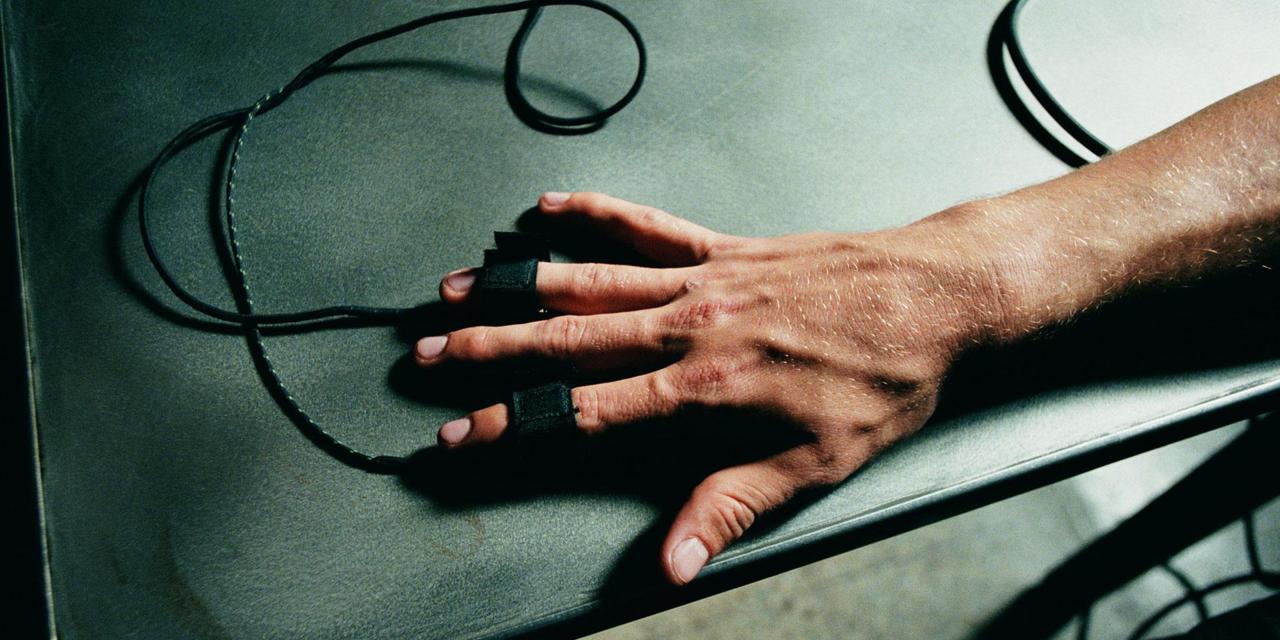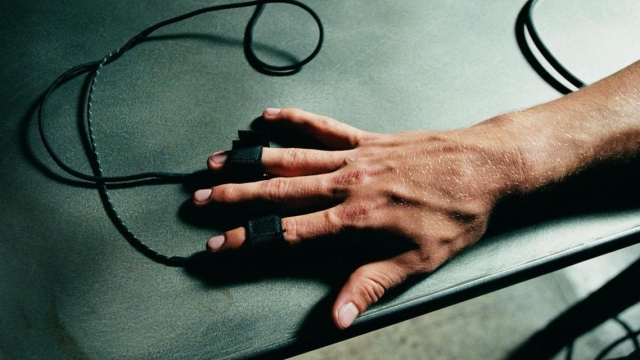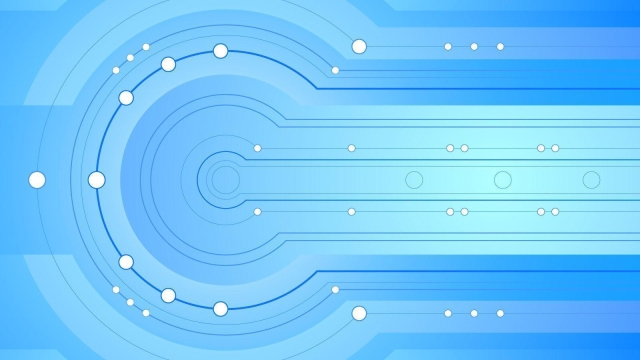
Welcome to the intriguing world of the lie detector test, a tool designed to shed light on the truth by revealing the hidden signals of deceit. In a society rife with deception and manipulation, the lie detector test serves as a powerful ally in unraveling the web of lies that individuals may weave. By delving into the intricate workings of this technology, we can uncover the intricate dance between truth and deception that takes place within the human mind and body. Through the lens of the lie detector test, we embark on a journey of exploration into the depths of human behavior and the quest for honesty in a world shrouded in deception.
History of Lie Detector Tests
Lie detector tests, also known as polygraphs, have a fascinating history dating back to the early 20th century. The first primitive lie detectors were developed in the early 1920s, primarily used to detect deception in criminal investigations. Over the years, advancements in technology and psychology have refined the accuracy and reliability of these tests.
Initially based on the belief that lying would induce physiological responses such as increased heart rate and sweating, early lie detector tests measured these bodily changes to determine truthfulness. As research progressed, modern polygraph tests now monitor various physiological responses, including blood pressure, respiration, and skin conductivity, enhancing the reliability of detecting deception.
Through the years, lie detector tests have played a significant role in legal proceedings, employment screenings, and national security measures. While controversial in some circles due to concerns about accuracy and invasions of privacy, these tests continue to be a valuable tool in uncovering deceit and revealing the truth in various situations.
Accuracy of Lie Detector Tests
Lie detector tests, also known as polygraph tests, have been widely used as a tool to uncover deception. These tests are based on the assumption that physiological responses such as heart rate, blood pressure, and skin conductivity can indicate when someone is being untruthful. However, the accuracy of lie detector tests has been a topic of debate among experts in the field.
Studies have shown that while lie detector tests can be effective in some cases, they are not foolproof. Factors such as the skill of the examiner, the specific questions asked, and the physiological responses of the individual being tested can all impact the accuracy of the results. Some individuals may also be able to manipulate their physiological responses, leading to inaccurate readings.
Despite their limitations, lie detector tests can still be a valuable tool in certain situations. They can be used as a deterrent to prevent individuals from lying, and in some cases, they may help guide investigations by providing additional information to consider. It’s important to remember, however, that lie detector tests should not be the sole basis for making important decisions.
Ethical Considerations
In the realm of lie detector tests, ethical considerations play a crucial role. It’s essential to ensure that the individual undergoing the test fully understands the implications and consequences of the results. Maintaining confidentiality and privacy is paramount to uphold the rights and dignity of the test subject.
Furthermore, it’s important to consider the reliability and accuracy of lie detector tests in the context of ethical standards. Misinterpretation of the results can have serious ramifications, potentially leading to unjust accusations or consequences. Safeguarding against false positives and false negatives is a key ethical responsibility when utilizing lie detector tests.
Lastly, transparency and accountability are fundamental ethical principles to adhere to when implementing lie detector tests. Open communication about the purpose, methodology, and limitations of the test fosters trust between all parties involved. Upholding ethical standards in the use of lie detector tests is essential to promote fairness, integrity, and respect for the individuals being tested.



